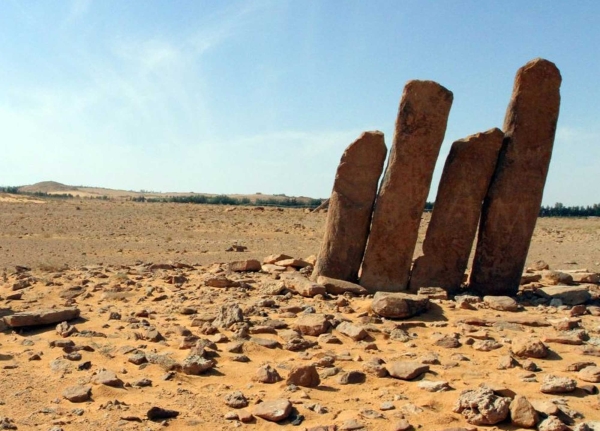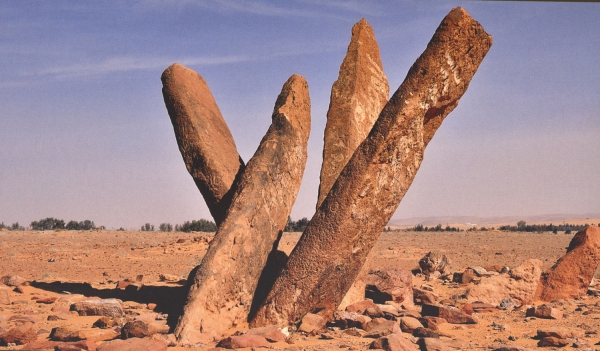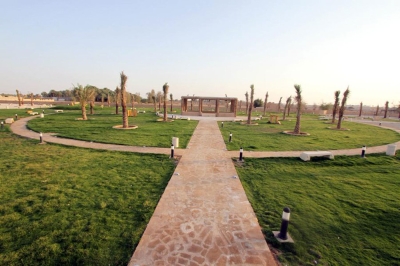

The Columns of Rajajil is an archaeological site in al-Jawf Province, Kingdom of Saudi Arabia. It is located approximately ten km southeast of the city of Sakaka, the administrative capital of the province. Archaeological findings dating back to the Chalcolithic Age, around seven thousand years ago, were found at the site.
Features of the Columns of Rajajil site
The site is characterized by the presence of groups of stone columns that align towards the sunrise and sunset. The columns are distributed in groups, each consisting of four columns. Each column is approximately three m high, and they date back to the fourth millennium BC. Each group has a semi-circular structure to its west, except for a singular group.
The site is one of the most famous archaeological monuments in Saudi Arabia. It contains stone tools including scrapers, awls, blades, and a collection of pottery fragments.
Naming of the Columns of Rajajil
The site was named Rajajil from a local term that means a gathering of men, as the columns from a distance resemble a group of standing men.
Archaeological findings at the site of the Columns of Rajajil
Several archaeological findings were made at the site, including: Obsidian stones, sandstone vessels, burnt ornaments, necklaces, beads made of metals, shells, and bones, as well as fan scrapers. Additionally, remnants of other materials from the upper residential area were found, along with a square sandstone with curved corners, which appears to have been moved to the oval burial chamber at the site. It was found between the inner square stone row and the base row of the burial chamber.
The findings also include two excavated wells for obtaining water from a depth between four and five m, dating back to the fifth millennium BC. Additionally, there are remnants of bones in the lower oval chamber where traces of deliberate burning were found. The condition of the upper chamber revealed charred bones in the water-affected soil, with a grayish color, present in layers at other locations within burial chambers and between thick layers in the upper stones.
Related quizzes
Related articles

